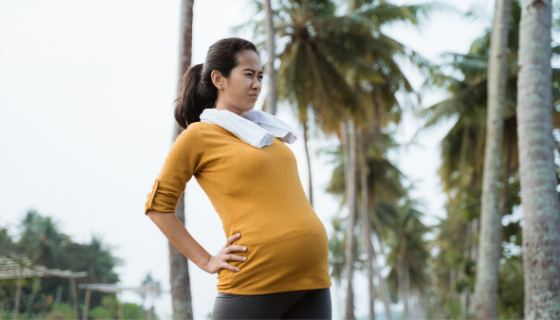Pelvic Pain After Pregnancy
Pelvic Pain After Pregnancy
Pelvic pain is an issue a lot of women deal with. There are multiple issues that can create pelvic pain and sometimes it’s just not obvious as to the culprit of the pain. One of the possible causes of pelvic pain could be childbirth. One study reported 2-10% of women experience chronic pain after a vaginal delivery. Having had an assisted vaginal birth was the main factor in having pain and pain intensity was higher in vaginal delivery versus a caesarean delivery (1).
Another reason for pelvic pain after childbirth could be the position of the pelvic bones not returning to their original position. The pelvic bones have to move to allow for the baby’s passage. In order for the baby to come out the ischial bones need to splay apart.
In working with thousands of postpartum clients I have found a common open birthing pattern in the pelvic bones. I was able to discover this because it is still present in the body of postpartum clients, sometimes for years afterward.
Seeing mainly postpartum clients in my practice allowed me to see a common presentation of a pattern in the body when my clients would lay on the table. One distinct feature was a slight rotation of the pelvis to the left. The right anterior superior iliac spine, the pointy hip bone on the side near your waist, would be higher toward the ceiling than the left. Once I noticed this in one client, I started seeing it in lots of my postpartum clients.
Because I use my hands to sense what the tissues want to do energetically and feel where the tissues are pulling into the tension in the fascia, I discovered that the sacrum was pushed over to the right and was jammed superiorly into the sacroiliac joint. I found there was decreased mobility in the right sacroiliac joint. I figured out how to release this from the body and my clients would experience immediate relief of low back and pelvic pain.
Another factor I found in the common open birthing pattern of the pelvis was the ischial bones get splayed apart as the baby comes out. Unfortunately, it’s not always an even splaying of these bones. Depending on how the baby comes out, one ischium can be more out to the side than the other. See this blog post to understand the different patterns.
I’ve never seen anyone talking about this idea in any courses I’ve taken or have found any research on the topic. So, I figured out ways to help bring the bones back to the midline and my client’s back and pelvic pain were gone almost immediately. The difference in mobility and stability felt in my client’s body was significant.
Aside from the creation of pelvic pain, there are so many other implications from the pelvic bones being held apart or in this open birthing pattern. They range from weakness in the pelvic floor muscles, stress incontinence, painful intercourse, pelvic organ prolapse to subsequent pelvic pain in pregnancy when not experienced in the primary pregnancy.
More practitioners need to become aware of the positioning of the pelvic bones and learn how to help them come back to the midline after birth. My Holistic Treatment of the Postpartum Body course teaches you how to do this.
References:
(1)https://dial.uclouvain.be/pr/boreal/object/boreal%3A222382/datastream/PDF_01/view

